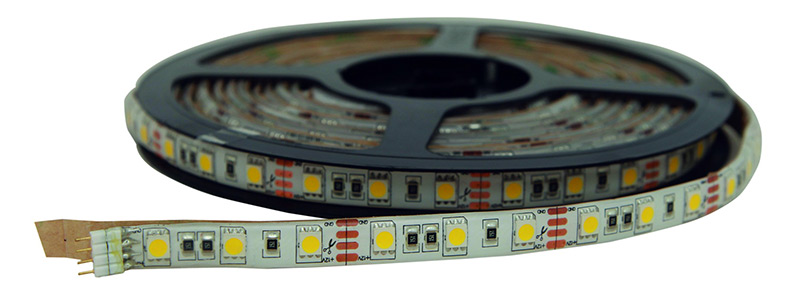The Most Commonly Used Canopy Lighting
Most of our canopy installation projects include custom canopy lighting. Here’s what we’ve learned while on the job.
Today, the most commonly used canopy lights are small slimline surface-mounted light fixtures using low-voltage LED technology. What does this translate to? We’ll break it down for you.
Over the years, canopy lighting has been trending toward smaller fixtures around 5 to 7 inches in diameter. The purpose of such small canopy lights has the focus be on the lighting effect or the object being lit rather than the light source itself. This is Lighting 101. The smaller the fixture, the more inconspicuous it will be.
Driven by energy-efficient LEDs, LED slimline fixtures are compact, economical, and bright. They are narrow enough to be hidden away or to go unnoticed one inch off the canopy surface, but powerful enough to evenly illuminate the entire structure in conjunction with the series of slimline fixtures installed. This makes it a top choice for canopy lighting.
Depending on the application, these fixtures are typically placed 4 to 6 feet apart. For instance, if the purpose of the canopy lights is to illuminate an entryway, the canopy lights may be placed closer together to ensure that the critical area is well lit. On the other hand, sometimes the distance between fixtures are determined by aesthetics rather functional lighting—and may be spaced further apart to create mood lighting.
Surface-mounted canopy lights are our industry choice for several reasons. First and foremost, recessed canopy lights aren’t waterproof. Because our canopies are soffit deck, single-layer canopies, recessed lighting would be exposed to the elements and short out. If the canopy had a double layer (a roof and a soffit), then a recessed canopy light could be considered. Additionally, the larger the holes are in the soffit, the larger the potential for leaks.
Our surface-mounted canopy lights all include waterproof electrical components. Those safety features combined with low-voltage LED canopy lights to work together to produce a reliable, aesthetically-pleasing canopy lighting system.
Low-voltage LEDs have revolutionized the canopy lighting industry, which required systems and components that combine easy installation and sufficient safety in one package. Because standard 120V systems were unable to meet the demand, the industry’s lighting manufacturers responded by adopting 12V low-voltage systems as the standard for outdoor applications.
Low-voltage systems use smaller light sources, are easy to modify to accommodate changes in canopy layout, and are safer to operate and maintain than their 120V counterparts.

Very good and informative article on canopy light. very good work i appreciate. Keep it on.
ReplyDelete